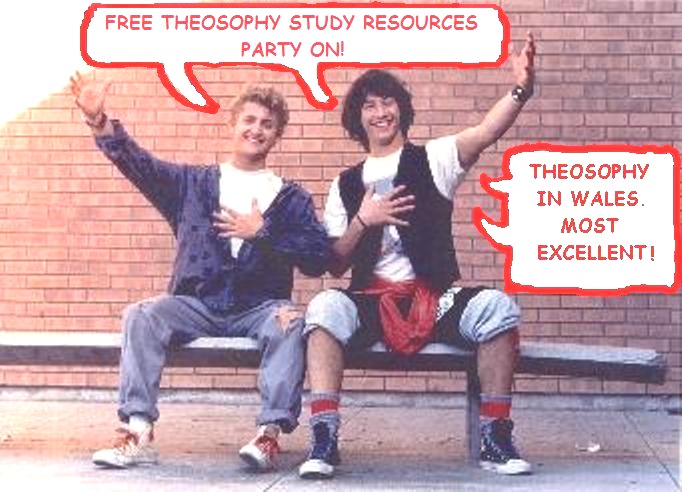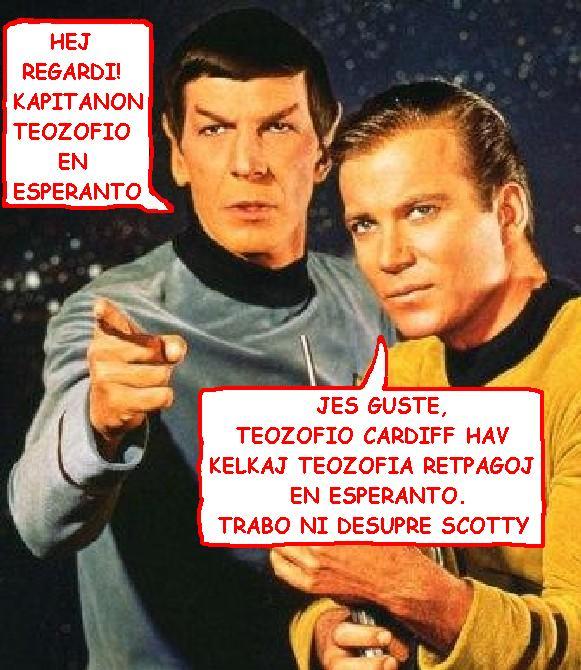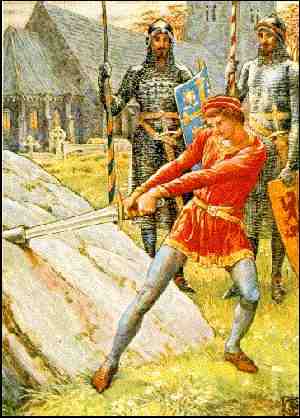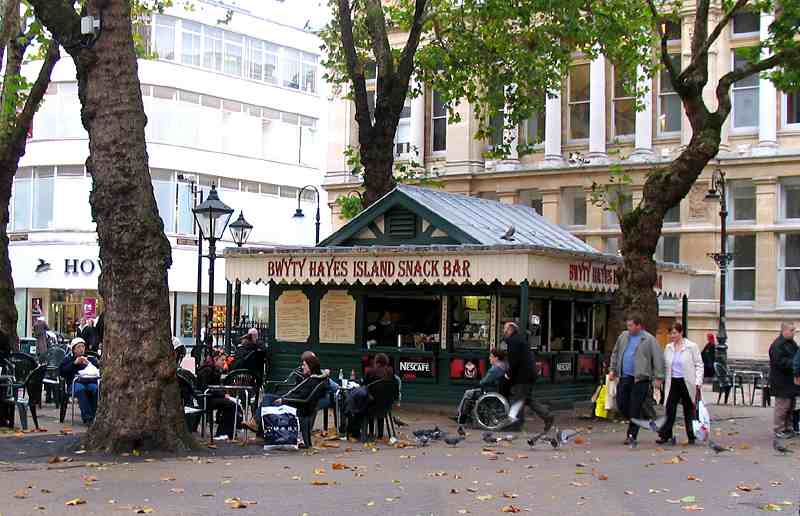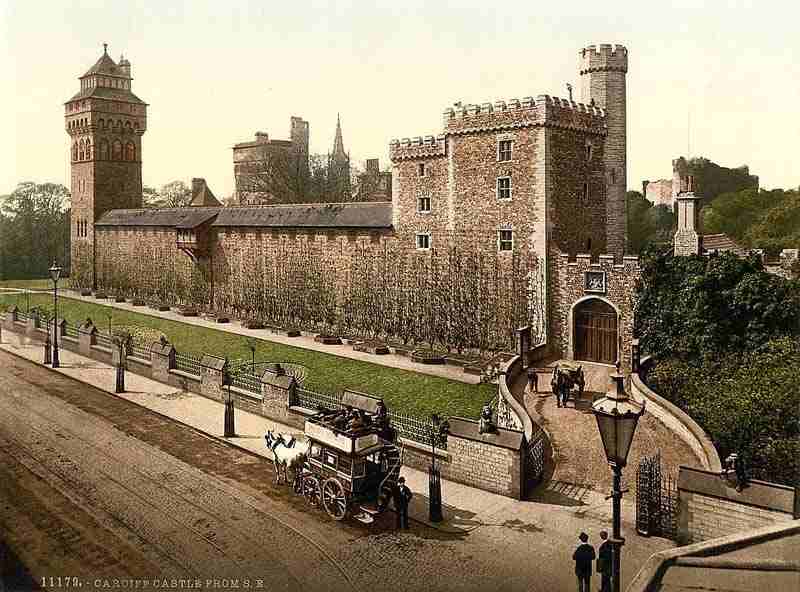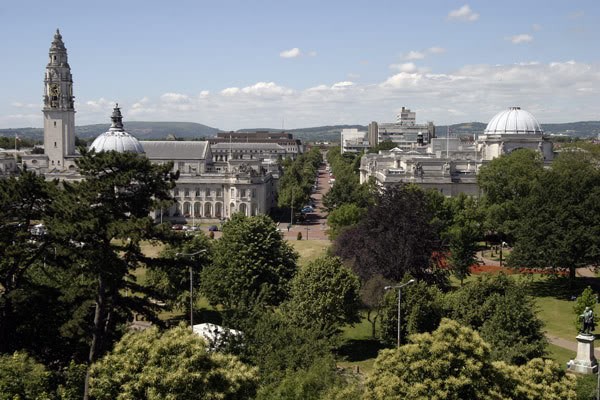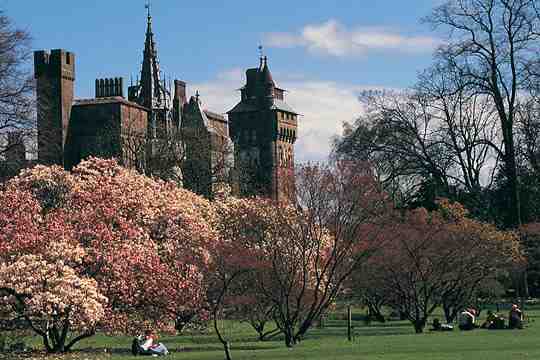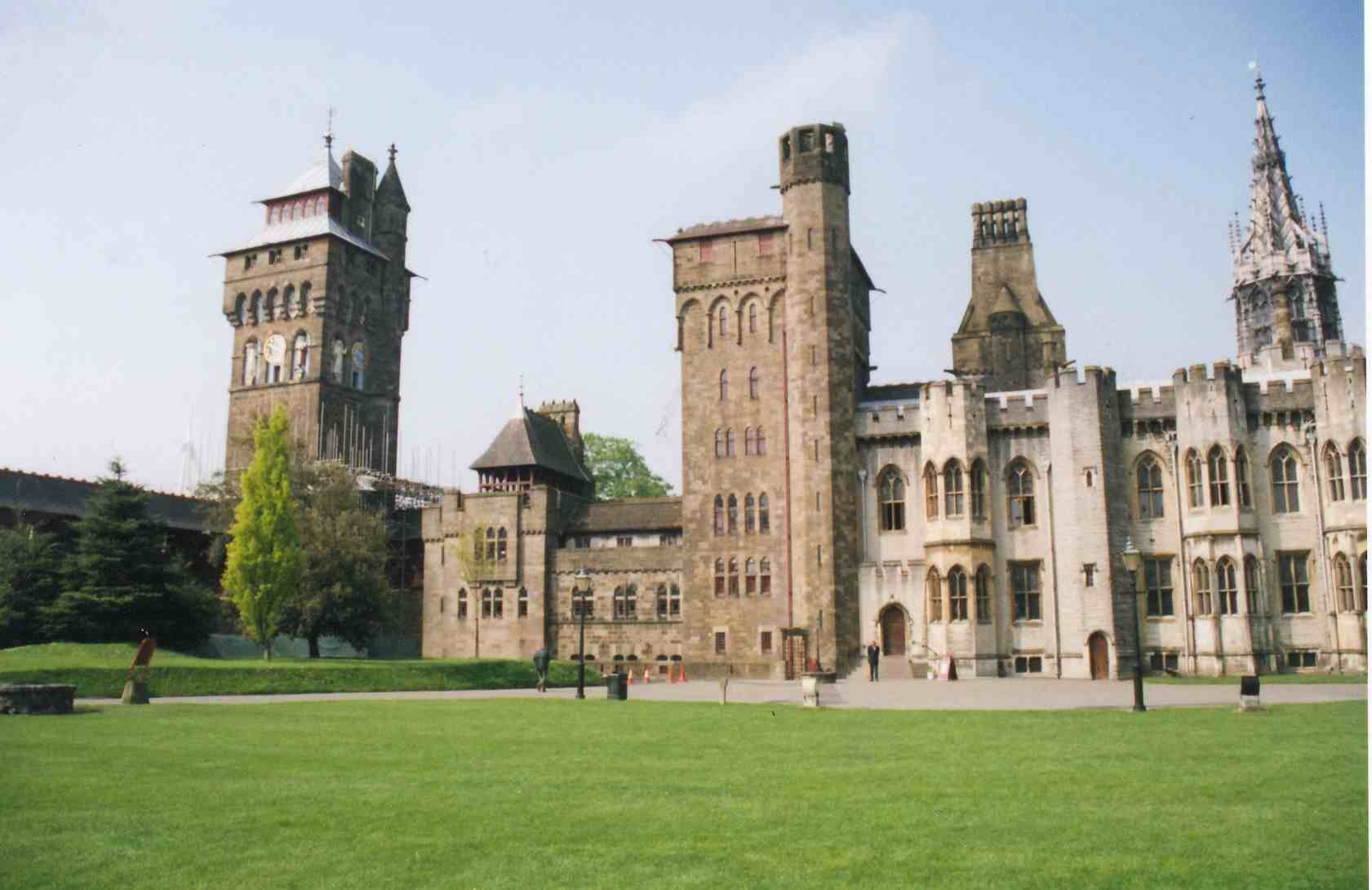THE
OF
THEOSOPHY
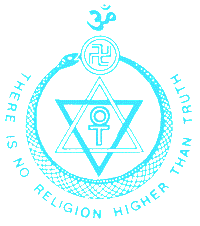
A
Definitive Work on Theosophy
By
William
Quan Judge
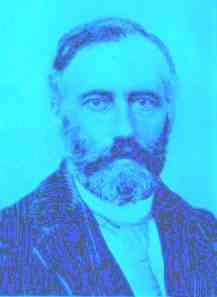
CHAPTER 7
Manas
In our analysis
of man's nature we have so far considered only the perishable elements which
make up the lower man, and have arrived at the fourth principle or plane --
that of desire -- without having touched upon the question of Mind.
But even so
far as we have gone it must be evident that there is a wide difference between
the ordinary ideas about Mind and those found in Theosophy.
Ordinarily
the Mind is thought to be immaterial, or to be merely the name for the action of
the brain in evolving thought, a process wholly unknown other than by
inference, or that if there be no brain there can be no mind.
A good deal
of attention has been paid to cataloguing some mental functions and attributes,
but the terms are altogether absent from the language to describe actual
metaphysical and spiritual facts about man. This confusion and poverty of words
for these uses are due almost entirely, first, to dogmatic religion, which has
asserted and enforced for many centuries dogmas and doctrines which reason
could not accept, and secondly to the natural war which grew up between science
and religion just as soon as the fetters placed by religion upon science were
removed and
the latter was permitted to deal with facts in nature.
The reaction
against religion naturally prevented science from taking any but a
materialistic view of man and nature. So from neither of these two have we yet
gained the words needed for describing the fifth, sixth, and seventh
principles, those
which make up
the Trinity, the real man, the immortal pilgrim.
The fifth
principle is Manas, in the classification adopted by Mr. Sinnett, and is
usually translated Mind. Other names have been given to it, but it is the
knower, the perceiver, the thinker. The sixth is Buddhi, or spiritual
discernment; the seventh is Atma, or Spirit, the ray from the Absolute Being.
The English
language will suffice to describe in part what Manas is, but not Buddhi, or
Atma, and will leave many things relating to Manas undescribed.
The course of
evolution developed the lower principles and produced at last the form of man
with a brain of better and deeper capacity than that of any other animal. But
this man in form was not man in mind, and needed the fifth principle, the
thinking, perceiving one, to differentiate him from the animal
kingdom and
to confer the power of becoming self-conscious.
The monad was
imprisoned in these forms, and that monad is composed of Atma and Buddhi; for
without the presence of the monad evolution could not go forward. Going back
for a moment to the time when the races were devoid of mind, the question
arises, "who gave the mind, where did it come from, and what is it?"
It is the link between the Spirit of God above and the personal below; it was
given to the mindless monads by others who had gone all through this process
ages upon ages before in other worlds and systems of worlds, and it therefore
came from other evolutionary periods which were carried out and completed long
before the solar system had begun. This is the theory, strange and unacceptable
today, but which must be stated if we are to tell the truth about theosophy;
and this is only handing on what others have said before.
The manner in
which this light of mind was given to the Mindless Men can be understood from
the illustration of one candle lighting many. Given one lighted candle and
numerous unlighted ones, it follows that from one light the others may also be
set aflame. So in the case of Manas. It is the candle of flame. The
mindless men
having four elementary principles of Body, Astral Body, Life and Desire, are
the unlighted candles that cannot light themselves.
The Sons of
Wisdom, who are the Elder Brothers of every family of men on any globe, have
the light, derived by them from others who reach back, and yet farther back, in
endless procession with no beginning or end. They set fire to the combined
lower principles and the Monad, thus lighting up Manas in the new men and
preparing another great race for final initiation.
This lighting
up of the fire of Manas is symbolized in all great religions and Freemasonry.
In the east one priest appears holding a candle lighted at the altar, and
thousands of others light their candles from this one. The Parsees also have
their sacred fire which is lighted from some other sacred flame.
Manas, or the
Thinker, is the reincarnating being, the immortal who carries the results and
values of all the different lives lived on earth or elsewhere. Its nature
becomes dual as soon as it is attached to a body. For the human brain is a
superior organism and Manas uses it to reason from premises to conclusions.
This also
differentiates man from animal, for the animal acts from automatic and
so-called instinctual impulses, whereas the man can use reason. This is the
lower aspect of the Thinker or Manas, and not, as some have supposed, the
highest and best gift belonging to man. Its other, and in theosophy higher,
aspect is the intuitional, which knows, and does not depend on reason. The
lower, and purely intellectual, is nearest to the principle of Desire, and is
thus distinguished from its other side which has affinity for the spiritual
principles above. If the Thinker, then, becomes wholly intellectual, the entire
nature begins to tend downward; for intellect alone is cold, heartless,
selfish, because it is not lighted up by the two other principles of Buddhi and
Atma.
In Manas the
thoughts of all lives are stored. That is to say: in any one life, the sum total
of thoughts underlying all the acts of the lifetime will be of one character in
general, but may be placed in one or more classes. That is, the business man of
today is a single type; his entire life thoughts represent but one single
thread of thought. The artist is another. The man who has engaged in business,
but also thought much upon fame and power which he never attained, is still
another.
The great
mass of self-sacrificing, courageous, and strong poor people who have but
little time to think, constitute another distinct class. In all these the total
quantity of life thoughts makes up the stream or thread of a life's meditation
-- "that upon which the heart was set" -- and is stored in Manas, to
be brought out again at any time in whatever life the brain and bodily
environments are similar to those used in engendering that class of thoughts.
It is Manas
which sees the objects presented to it by the bodily organs and the actual
organs within. When the open eye receives a picture on the retina, the whole
scene is turned into vibrations in the optic nerves which disappear into the
brain, where Manas is enabled to perceive them as idea. And so with every other
organ or sense. If the connection between Manas and the brain be broken,
intelligence will not be manifested unless Manas has by training found out how
to project the astral body from the physical and thereby keep up communication
with fellowmen.
That the
organs and senses do not cognize objects, hypnotism,
mesmerism,
and spiritualism have now proved. For, as we see in mesmeric and hypnotic
experiments, the object seen or felt, and from which all the effects of solid
objects may be sensed, is often only an idea existing in the operator's brain.
In the same way Manas, using the astral body, has only to impress an idea upon
the other person to make the latter see the idea and translate it into a
visible body from which the usual effects of density and weight seem to follow.
And in
hypnotism there are many experiments, all of which go to show that so called
matter is not per se solid or dense; that sight does not always depend on the
eye and rays of light proceeding from an object; that the intangible for one
normal brain and organs may be perfectly tangible for another; and that
physical
effects in
the body may be produced from an idea solely.
The
well-known experiments of producing a blister by a simple piece of paper, or
preventing a real blistering plaster from making a blister, by force of the
idea conveyed to a subject, either that there was to be or not to be a blister,
conclusively
prove the power of effecting an impulse on matter by the use of that which is
called Manas. But all these phenomena are the exhibition of the powers of lower
Manas acting in the astral Body and the fourth principle -- Desire, using the
physical body as the field for the exhibition of the forces.
It is this
lower Manas which retains all the impressions of a lifetime and sometimes
strangely exhibits them in trances or dreams, delirium, induced states, here
and there in normal conditions, and very often at the time of physical death.
But it is so occupied with the brain, with memory and with sensation, that it
usually presents but few recollections out of the mass of events that years
have brought before it. It interferes with the action of Higher Manas because
just at the present point of evolution, Desire and all corresponding powers,
faculties, and senses are the most highly developed, thus obscuring, as it
were, the white light of the spiritual side of Manas. It is tinted by each
object presented to it, whether it be a thought-object or a material one. That
is to say, Lower Manas operating through the brain is at once altered into the
shape and other characteristics of any object, mental or otherwise. This causes
it to have four peculiarities.
First, to
naturally fly off from any point, object, or subject;
second, to
fly to some pleasant idea;
third, to fly
to an unpleasant idea;
fourth, to
remain passive and considering naught.
The first is
due to memory and the natural motion of Manas; the second and third are due to
memory alone; the fourth signifies sleep when not abnormal, and when abnormal
is going toward insanity. These mental characteristics all belonging to Lower
Manas, are those which the Higher Manas, aided by Buddhi and Atma, has to fight
and conquer. Higher Manas, if able to act, becomes what we sometimes call
Genius; if completely master, then one may become a god.
But memory
continually presents pictures to Lower Manas, and the result is that the Higher
is obscured. Sometimes, however, along the pathway of life we do see here and
there men who are geniuses or great seers and prophets. In these the Higher
powers of Manas are active and the person illuminated. Such were the great Sages
of the past, men like Buddha, Jesus, Confucius, Zoroaster, andothers. Poets,
too, such as Tennyson, Longfellow, and others, are men in whom Higher Manas now
and then sheds a bright ray on the man below, to be soon obscured, however, by
the effect of dogmatic religious education which has given memory certain
pictures that always prevent Manas from gaining full activity.
In this
higher Trinity, we have the God above each one; this is Atma, and may be called
the Higher Self.
Next is the spiritual
part of the soul called Buddhi; when thoroughly united with Manas this may be
called the Divine Ego.
The inner
Ego, who reincarnates, taking on body after body, storing up the impressions of
life after life, gaining experience and adding it to the divine Ego, suffering
and enjoying through an immense period of years, is the fifth principle --
Manas -- not united to Buddhi. This is the permanent individuality which gives
to every man the feeling of being himself and not some other; that which through
all the changes of the days and nights from youth to the end of life makes us
feel one identity through all the period; it bridges the gap made by sleep; in
like manner it bridges the gap made by the sleep of death.
It is this,
and not our brain, that lifts us above the animal. The depth and variety of the
brain convolutions in man are caused by the presence of Manas, and are not the
cause of mind. And when we either wholly or now and then become consciously
united with Buddhi, the Spiritual Soul, we behold God, as it were.
This is what
the ancients all desired to see, but what the moderns do not believe in, the
latter preferring rather to throw away their own right to be great in nature,
and to worship an imaginary god made up solely of their own fancies and not
very different from weak human nature.
This
permanent individuality in the present race has therefore been through every
sort of experience, for Theosophy insists on its permanence and in the
necessity for its continuing to take part in evolution. It has a duty to
perform, consisting in raising up to a higher state all the matter concerned in
the chain of globes to which the earth belongs. We have all lived and taken
part in civilization after civilization, race after race, on earth, and will so
continue throughout all the rounds and races until the seventh is complete.
At the same
time it should be remembered that the matter of this globe and that connected
with it has also been through every kind of form, with possibly some exceptions
in very low planes of mineral formation. But in general all the matter visible,
or held in space still unprecipitated, has been moulded at one time or another
into forms of all varieties, many of these being such as we now have no idea
of.
The processes
of evolution, therefore, in some departments, now go forward with greater
rapidity than in former ages because both Manas and matter have acquired
facility of action. Especially is this so in regard to man, who is the farthest
ahead of all things or beings in this evolution. He is now incarnated and
projected into life more quickly than in earlier periods when it consumed many
years to obtain a "coat of skin." This coming into life over and over
again cannot be avoided by the ordinary man because Lower Manas is still bound
by Desire, which is the preponderating principle at the present period.
Being so
influenced by Desire Manas is continually deluded while in the body, and being
thus deluded is unable to prevent the action upon it of the forces set up in the
life time. These forces are generated by Manas, that is, by the thinking of the
life time. Each thought makes a physical as well as mental link with the desire
in which it is rooted. All life is filled with such thoughts, and when the
period of rest after death is ended Manas is bound by innumerable electrical
magnetic threads to earth by reason of the thoughts of the last life, and
therefore by desire, for it was desire that caused so many thoughts and
ignorance of the true nature of things. An understanding of this doctrine of
man being really a thinker and made of thought will make clear all the rest in
relation to incarnation and reincarnation. The body of the inner man is made of
thought, and this being so it must follow that if the thoughts have more
affinity for earth-life than for life elsewhere a return to life here is
inevitable. At the present day Manas is not fully active in the race, as Desire
still is uppermost. In the next cycle of the human period Manas will be fully
active and developed in the entire race. Hence the people of the earth have not
yet come to the point of making a conscious choice as to the path they will
take; but when in the cycle referred to, Manas is active, all will then be
compelled to consciously make the choice to right or left, the one leading to
complete and conscious union with Atma, the other to the annihilation of those
beings who prefer that path.
______________________
THE
OF
THEOSOPHY

Find out
more about
Theosophy
with these links
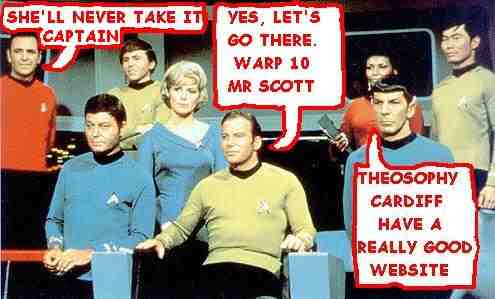
The Cardiff Theosophical Society Website
The National Wales Theosophy Website
If you
run a Theosophy Group, please feel free
to use
any of the material on this site
The Most Basic Theosophy
Website in the Universe
A quick overview of Theosophy
and the Theosophical Society
If you run a Theosophy Group you
can use this as an introductory handout.
Theosophy Cardiff’s Instant Guide
One liners and quick explanations
H P Blavatsky is
usually the only
Theosophist that
most people have ever
heard of. Let’s put
that right
The Voice of the Silence Website
Theosophy Cardiff Nirvana Pages
An Independent Theosophical Republic
Links to Free Online Theosophy
Study Resources; Courses,
Writings,
The main criteria
for the inclusion of
links on this
site is that they have some
relationship
(however tenuous) to Theosophy
and are
lightweight, amusing or entertaining.
Topics include
Quantum Theory and Socks,
Dick Dastardly and Legendary Blues Singers.
A selection of
articles on Reincarnation
Provided in
response to the large
number of
enquiries we receive at
Cardiff
Theosophical Society on this subject
The Voice of the Silence Website
This is for everyone, you don’t have to live
in Wales to make good use of this Website
The Seven Principles of Man
By
Annie Besant
No
Aardvarks were harmed in the
The Spiritual Home of Urban Theosophy
The Earth Base for Evolutionary Theosophy
Reincarnation
This guide
has been included in response
to the number
of enquiries we receive on this
subject at Cardiff Theosophical Society
From A Textbook
of Theosophy By C W Leadbeater
How We Remember our Past Lives
Life after Death & Reincarnation
The
Slaughter of the
a great
demand by the public for lectures on Reincarnation
Classic
Introductory Theosophy
Text
A
Text Book of Theosophy
By C
What Theosophy Is From the Absolute to Man
The Formation of a Solar System The Evolution of Life
The Constitution of Man After Death
Reincarnation
The Purpose of Life The Planetary Chains
The Result of Theosophical Study
The Occult World
By
Alfred Percy
Sinnett
The Occult World is an treatise on the
Occult and Occult Phenomena, presented
in
readable style, by an early giant of
the Theosophical Movement.
Preface to the American Edition Introduction
Occultism and its Adepts The Theosophical Society
First Occult Experiences Teachings of Occult Philosophy
Later Occult Phenomena Appendix
by
Annie Besant
THE PHYSICAL PLANE THE ASTRAL PLANE
KÂMALOKA THE MENTAL PLANE DEVACHAN
THE BUDDHIC AND NIRVANIC PLANES
THE THREE KINDS OF KARMA COLLECTIVE KARMA
THE LAW OF SACRIFICE MAN'S
ASCENT
______________________
Annie Besant Visits Cardiff 1924
The Theosophy Cardiff Nirvana Pages
National
Wales Centre for Theosophy
Blavatsky
Wales Theosophy Group
______________________
_______________________
Theosophy Cardiff Cancels its Affiliation
to the Adyar Based Theosophical Society
and becomes an independent body within
the Worldwide Theosophical Movement
Theosophy Birmingham (England)
The Birmingham Annie Besant Lodge
Theosophy Cardiff
has links with the
__________________
The
Theosophy Cardiff
Glastonbury
Pages
The Theosophy Cardiff Guide to
The Theosophy Cardiff Guide to
The Theosophy Cardiff Guide to
The Terraced Maze of Glastonbury Tor
Glastonbury and
Joseph of Arimathea
The Grave of King Arthur & Guinevere
Views of Glastonbury High Street
The Theosophy Cardiff Guide to
__________________
Camberley, Surrey,
England GU15 2LF
Concerns about the fate of the
wildlife as
Tekels Park is to
be Sold to a Developer
Concerns are
raised about the fate of the
wildlife as The Spiritual Retreat,
Tekels Park in
Camberley, Surrey,
England is to be
sold to a developer.
Tekels Park is a
50 acre woodland park,
purchased
for the Adyar Theosophical
In addition to
concern about the park,
many are worried about the future
of the Tekels
Park Deer as they
Confusion as the Theoversity moves out of
Tekels Park to
Southampton, Glastonbury &
Chorley in
Lancashire while the leadership claim
that the
Theosophical Society will carry on using
Tekels Park despite its sale to a developer
Anyone planning a
“Spiritual” stay at the
Tekels Park Guest
House should be aware of the sale.
Future
of Tekels Park Badgers in Doubt
Party On!
Tekels Park Theosophy NOT
Tekels Park & the Loch Ness Monster
A Satirical view
of the sale of Tekels Park
in Camberley,
Surrey to a developer
The Toff’s Guide to the Sale of Tekels Park
What the men in
top hats have to
say about the
sale of Tekels Park
__________________________
An
Outline of Theosophy
Charles
Webster Leadbeater
Theosophy - What it is How is it Known?
The Method of Observation General Principles
The Three Great Truths Advantage Gained from this Knowledge
The Deity
The Divine Scheme The Constitution of Man
The True Man
Reincarnation
The Wider Outlook
Death Man’s Past and Future Cause and Effect
______________________________
A B C D EFG H IJ KL M N OP QR S T UV WXYZ
Complete Theosophical Glossary in Plain Text Format
1.22MB
Quick Explanations
with Links to More Detailed Info
What is Theosophy ? Theosophy Defined (More Detail)
Three Fundamental Propositions Key Concepts of Theosophy
Cosmogenesis Anthropogenesis Root Races
Ascended Masters After Death States
The Seven Principles of Man Karma
Reincarnation Helena Petrovna Blavatsky
Colonel Henry Steel Olcott William Quan Judge
The Start of the Theosophical
Society
History of the Theosophical
Society
Theosophical Society Presidents
History of the Theosophical
Society in Wales
The Three Objectives of the
Theosophical Society
Explanation of the Theosophical
Society Emblem
The Theosophical Order of
Service (TOS)
Glossaries of Theosophical Terms
Index of
Searchable
Full Text
Versions of
Definitive
Theosophical
Works
H P Blavatsky’s Secret Doctrine
Isis Unveiled by H P Blavatsky
H P Blavatsky’s Esoteric Glossary
Mahatma Letters to A P Sinnett 1 - 25
A Modern Revival of Ancient Wisdom
(Selection of Articles by H P Blavatsky)
The Secret Doctrine – Volume 3
A compilation of H P Blavatsky’s
writings published after her death
Esoteric Christianity or the Lesser Mysteries
The Early Teachings of The Masters
A Collection of Fugitive Fragments
Fundamentals of the Esoteric Philosophy
Mystical,
Philosophical, Theosophical, Historical
and Scientific
Essays Selected from "The Theosophist"
Edited by George Robert Stow Mead
From Talks on the Path of Occultism - Vol. II
In the Twilight”
Series of Articles
The In the
Twilight” series appeared during
1898 in The
Theosophical Review and
from 1909-1913
in The Theosophist.
compiled from
information supplied by
her relatives
and friends and edited by A P Sinnett
Letters and
Talks on Theosophy and the Theosophical Life
Obras
Teosoficas En Espanol
Theosophische
Schriften Auf Deutsch
An Outstanding
Introduction to Theosophy
By a student of
Katherine Tingley
Elementary Theosophy Who is the Man? Body and Soul
Body, Soul and Spirit Reincarnation Karma
Guide to the
Theosophy
Wales King Arthur Pages
Arthur draws
the Sword from the Stone
The Knights of The Round Table
The Roman Amphitheatre at Caerleon,
Eamont Bridge, Nr Penrith, Cumbria, England.
Geoffrey of Monmouth
(History of the Kings of Britain)
The reliabilty of this work has long been a subject of
debate but it is the first definitive account of Arthur’s
Reign
and one which puts Arthur in a historcal context.
and his version’s political agenda
According to Geoffrey of Monmouth
The first written mention of Arthur as a heroic figure
The British leader who fought twelve battles
King Arthur’s ninth victory at
The Battle of the City of the Legion
King Arthur ambushes an advancing Saxon
army then defeats them at Liddington Castle,
Badbury, Near Swindon, Wiltshire, England.
King Arthur’s twelfth and last victory against the Saxons
Traditionally Arthur’s last battle in which he was
mortally wounded although his side went on to win
No contemporary writings or accounts of his life
but he is placed 50 to 100 years after the accepted
King Arthur period. He refers to Arthur in his inspiring
poems but the earliest written record of these dates
from over three hundred years after Taliesin’s death.
Pendragon Castle
Mallerstang Valley, Nr Kirkby Stephen,
A 12th Century Norman ruin on the site of what is
reputed to have been a stronghold of Uther Pendragon
From wise child with no
earthly father to
Megastar of Arthurian
Legend
History of the Kings of Britain
Drawn from the Stone or received from the Lady of the Lake.
Sir Thomas Malory’s Le Morte d’Arthur has both versions
with both swords called Excalibur. Other versions
5th & 6th Century Timeline of Britain
From the departure of the Romans from
Britain to the establishment of sizeable
Anglo-Saxon Kingdoms
Glossary of
Arthur’s uncle:- The puppet ruler of the Britons
controlled and eventually killed by Vortigern
Amesbury, Wiltshire, England. Circa 450CE
An alleged massacre of Celtic Nobility by the Saxons
History of the Kings of Britain
Athrwys / Arthrwys
King of Ergyng
Circa 618 - 655 CE
Latin: Artorius; English: Arthur
A warrior King born in Gwent and associated with
Caerleon, a possible Camelot. Although over 100 years
later that the accepted Arthur period, the exploits of
Athrwys may have contributed to the King Arthur Legend.
He became King of Ergyng, a kingdom between
Gwent and Brycheiniog (Brecon)
Angles under Ida seized the Celtic Kingdom of
Bernaccia in North East England in 547 CE forcing
Although much later than the accepted King Arthur
period, the events of Morgan Bulc’s 50 year campaign
to regain his kingdom may have contributed to
Old Welsh: Guorthigirn;
Anglo-Saxon: Wyrtgeorn;
Breton: Gurthiern; Modern Welsh; Gwrtheyrn;
*********************************
An earlier ruler than King Arthur and not a heroic figure.
He is credited with policies that weakened Celtic Britain
to a point from which it never recovered.
Although there are no contemporary accounts of
his rule, there is more written evidence for his
existence than of King Arthur.
How Sir Lancelot slew two giants,
From Sir Thomas Malory’s Le Morte d’Arthur
How Sir Lancelot rode disguised
in Sir Kay's harness, and how he
From Sir Thomas Malory’s Le Morte d’Arthur
How Sir Lancelot jousted against
four knights of the Round Table,
From Sir Thomas Malory’s Le Morte d’Arthur
Try
these if you are looking for a local
Theosophy
Group or Centre
UK Listing of Theosophical Groups
Cardiff
Theosophical Society in Wales
Cardiff, Wales, UK. CF24 – 1DL
Quotes
from the Writings of
Helena
Petrovna Blavatsky
The Secret Doctrine , Volume 2, Page 100
It is only by the
attractive force of the contrasts that the two opposites — Spirit and Matter — can be cemented
together on Earth, and, smelted in the fire of self-conscious experience and suffering, find
themselves wedded in Eternity.
The Secret Doctrine , Volume 2, Page 108
It is the motive,
and the motive alone, which makes any exercise of power become black, malignant, or white,
beneficent Magic. It is impossible to employ spiritual forces if there is the
slightest tinge of selfishness remaining in the operator .... The powers and
forces of animal nature can equally be used by the selfish and revengeful, as
by the unselfish and the all-forgiving; the powers and forces of spirit lend
themselves only to the perfectly pure in heart — and this is Divine Magic.
Isis Unveiled,
Volume 1, Page 36
The Secret Doctrine , Volume 3, Page 14
Even ignorance is better than
Head-learning with no Soul-wisdom to illuminate and guide it.
The Voice of the Silence, Page 43
Annotation - The Path, May, 1888
The Secret Doctrine , Proem [Volume 1], Page 35
Isis Unveiled, Volume 1, Page 210
The Secret Doctrine , Volume 1, Page 134
incarnation of his
God; and when the sense of personal responsibility will be so
Isis Unveiled,
Volume 2, Page 374
It is the motive,
and the motive alone, which makes any exercise of power become
The Secret Doctrine , Volume 2, Page 498
Isis Unveiled, Volume 1, Page 36
From strength to
strength, from the beauty and perfection of one plane to the
greater beauty and
perfection of another, with accessions of new glory, of fresh
knowledge and power
in each cycle, such is the destiny of every Ego, which thus
becomes its own
saviour in each world and incarnation.
The Key to
Theosophy, Page 105
Cardiff
Picture Gallery
The Hayes Cafe
Outside
Royal
The Original Norman Castle which stands inside
the Grounds of the later
Inside the Grounds at
Cardiff Theosophical Society in Wales
